Snowy environments present unique challenges for dogs, ranging from extreme cold to navigating through deep snow. However, some dog breeds have evolved or have been selectively bred to not only survive but thrive in such conditions. These breeds often possess specific physical characteristics like thick, insulating coats, and behavioral traits that enable them to enjoy and excel in snowy landscapes. In this article, we will explore seven dog breeds that are particularly well-suited for life in snowy environments, highlighting their adaptations and how they make the most out of wintry landscapes.
1. Siberian Husky
Siberian Huskies are perhaps one of the most iconic snow breeds. Originally bred by the Chukchi people of Siberia for sled pulling, they are incredibly resilient in cold weather. Their thick double coat, comprising a dense undercoat and a longer topcoat, provides excellent insulation against frigid temperatures. Huskies have a high energy level and endurance, making them ideal for activities in snowy landscapes. Their wolf-like appearance and playful demeanor make them not just a practical choice for snowy environments, but also a delightful companion.
2. Alaskan Malamute
Similar to the Siberian Husky, the Alaskan Malamute is built for snowy environments. These dogs were originally bred for hauling heavy freight as sled dogs. They possess a powerful, muscular frame and a dense, waterproof coat that protects them from cold and snow. Malamutes have a strong work ethic and thrive on heavy exercise, making them well-suited for active life in snowy regions. Their friendly nature and loyalty make them wonderful family pets, especially for those who enjoy outdoor winter activities.
3. Saint Bernard
The Saint Bernard is famous for its role as a rescue dog in the Swiss Alps. These gentle giants are equipped with a dense, water-resistant coat that keeps them warm in extremely cold temperatures. Their size and strength enable them to move through deep snow and navigate rough terrain with ease. Saint Bernard are known for their calm, friendly temperament, making them excellent companions for families living in snowy regions. Their keen sense of smell and ability to navigate through snow have historically made them invaluable for mountain rescue operations.
4. Samoyed
The Samoyed, with its striking white coat and smiling expression, is not just a pretty face. Originating from Siberia, they were used for herding reindeer and pulling sleds. Their dense, double-layer coat is designed to keep them warm in sub-zero temperatures. Samoyeds are agile and playful, enjoying activities in the snow. Their sociable and friendly disposition makes them excellent pets for families who live in snowy climates and enjoy outdoor winter activities.
5. Newfoundland
Newfoundland may be known for their water rescue abilities, but their thick, water-resistant coat also makes them well-suited for snowy environments. These gentle giants are strong and have webbed feet, which help in swimming and moving through snow. Their calm and patient demeanor, coupled with their strength, makes them ideal for families living in snowy and cold regions. Their ability to withstand cold temperatures and navigate through snow makes them excellent companions for outdoor winter activities.
6. Keeshond
The Keeshond, a spitz-type breed, thrives in cold weather thanks to its plush, double coat. Originally from the Netherlands, they were used as watchdogs on riverboats, where their coat protected them from harsh winters. Keeshonds are smaller than some of the other breeds on this list, making them a good choice for snowy environments where space might be limited. They are known for being alert, intelligent, and affectionate, making them great family pets.
7. Akita
The Akita is a large and powerful dog breed with a dense coat that makes it well-suited for snowy environments. Originating from the mountainous regions of Japan, Akita were bred for hunting in cold climates. Their thick double coat provides excellent insulation, and their webbed feet help them walk on snow. Akita are known for their loyalty and protective nature, making them excellent guard dogs as well as companions in snowy settings.
Conclusion
Each of these seven breeds possesses unique characteristics that make them well-suited for life in snowy environments. From their physical adaptations like thick, insulating coats and strong, sturdy builds, to their love for the cold and snow, these dogs not only endure but also enjoy winter climates. Whether you’re looking for a companion for outdoor winter activities or a loyal family pet that can handle the cold, these breeds offer a range of sizes, temperaments, and abilities to fit into a snowy lifestyle.
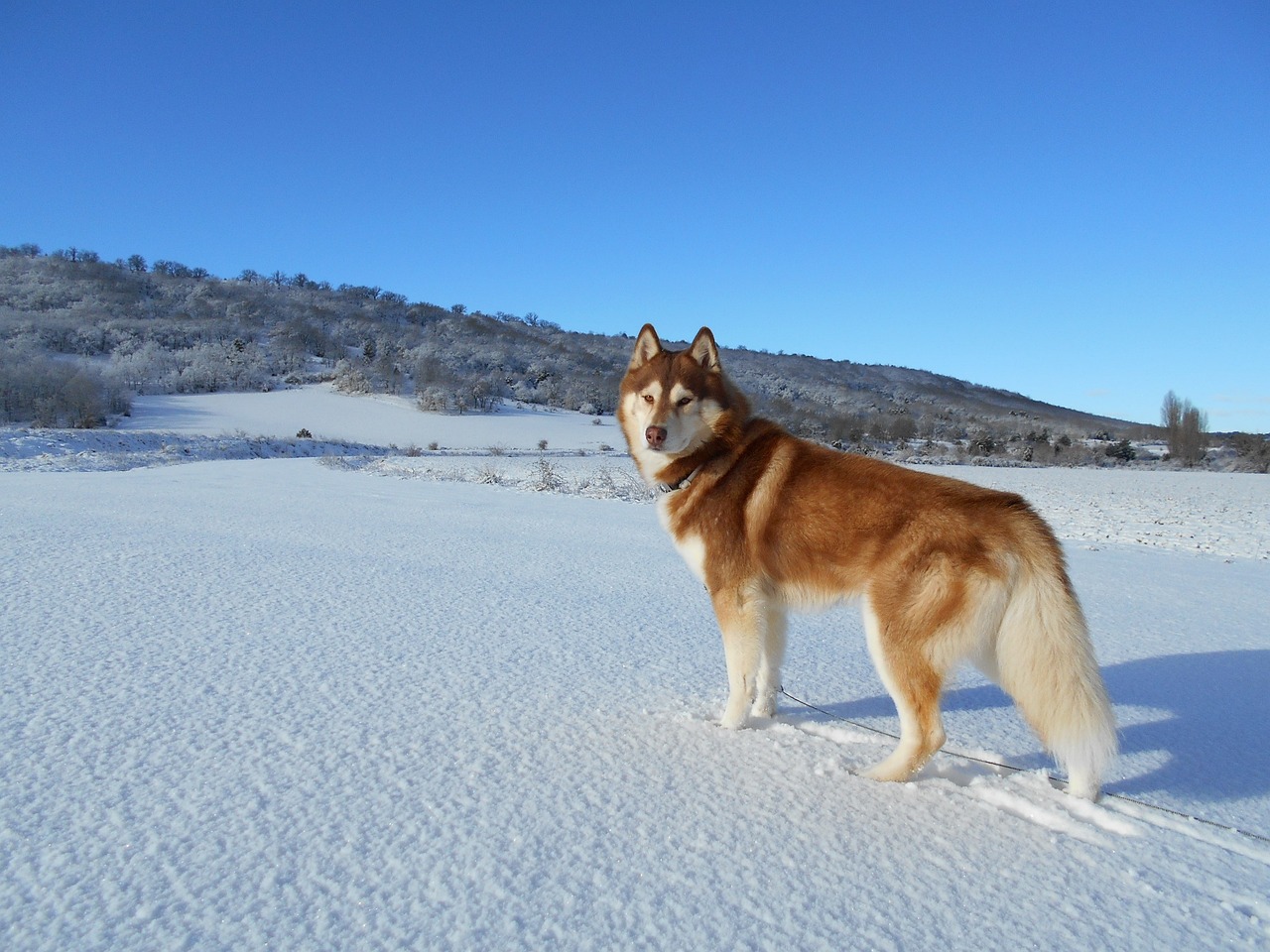
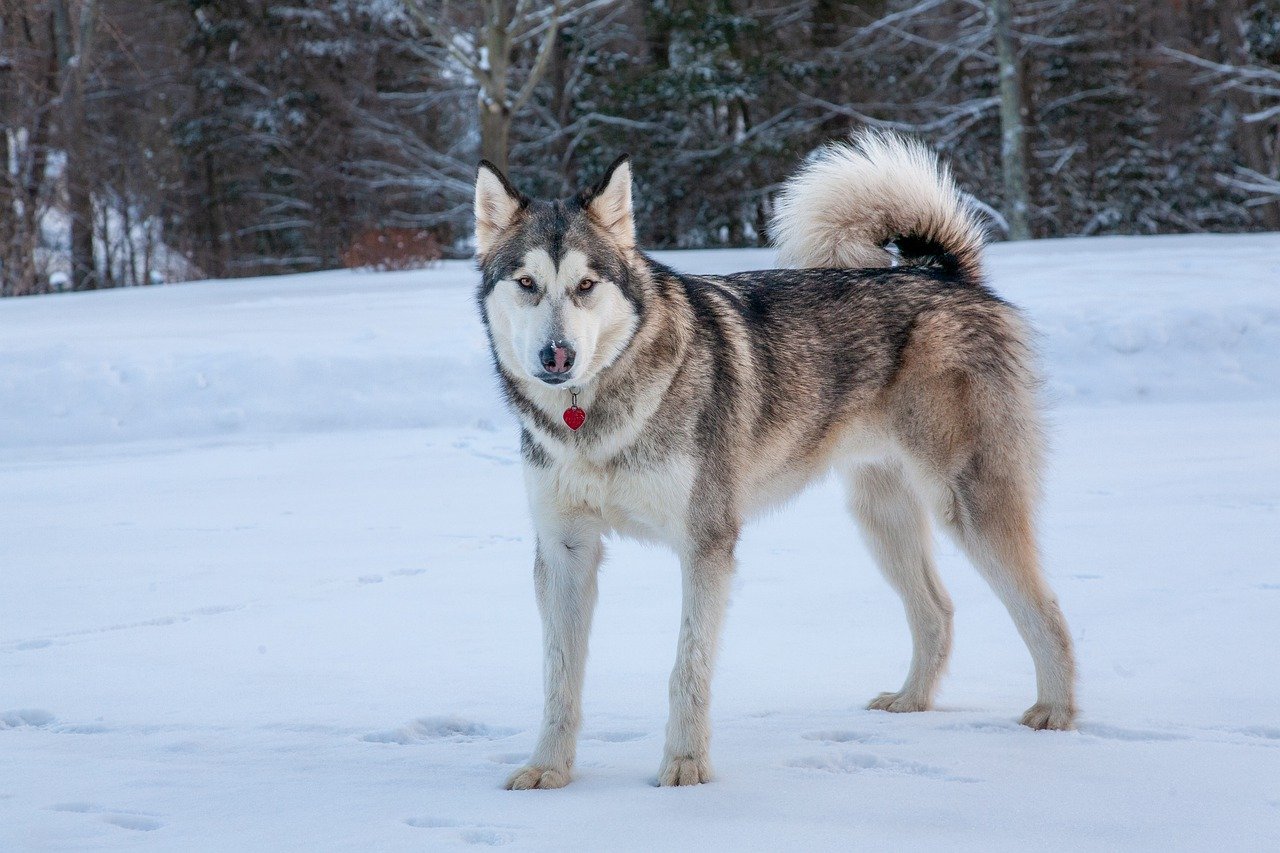
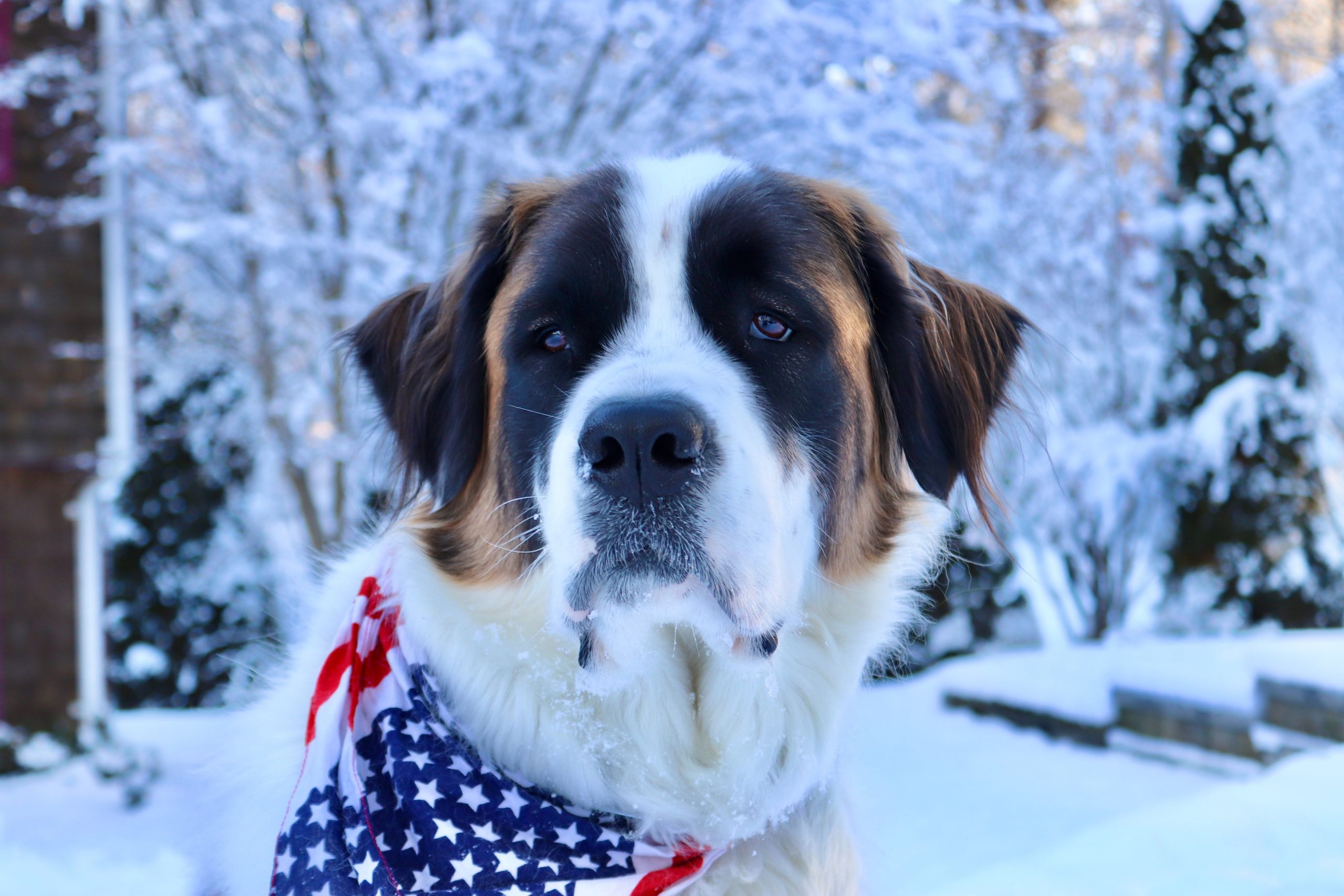
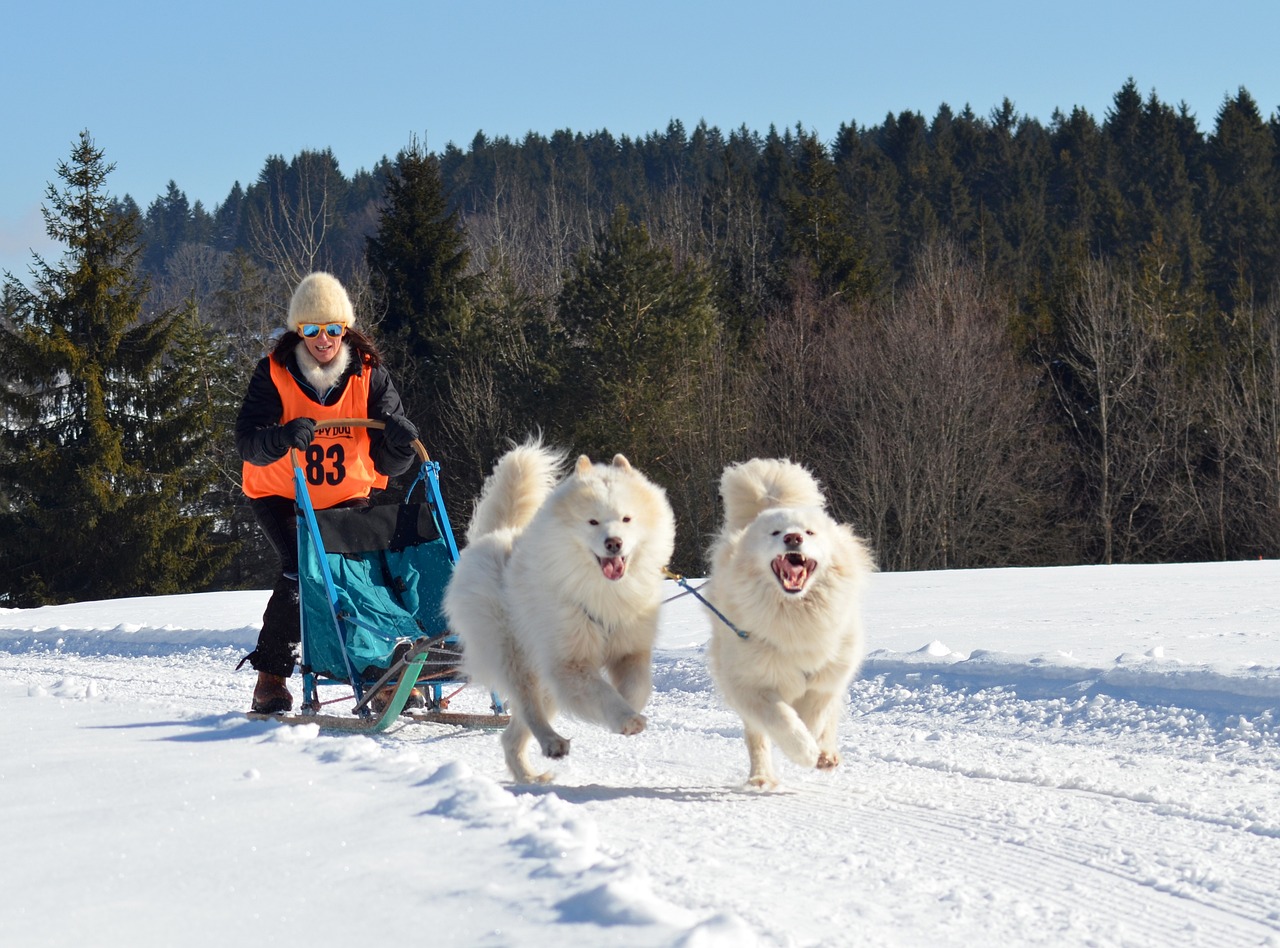
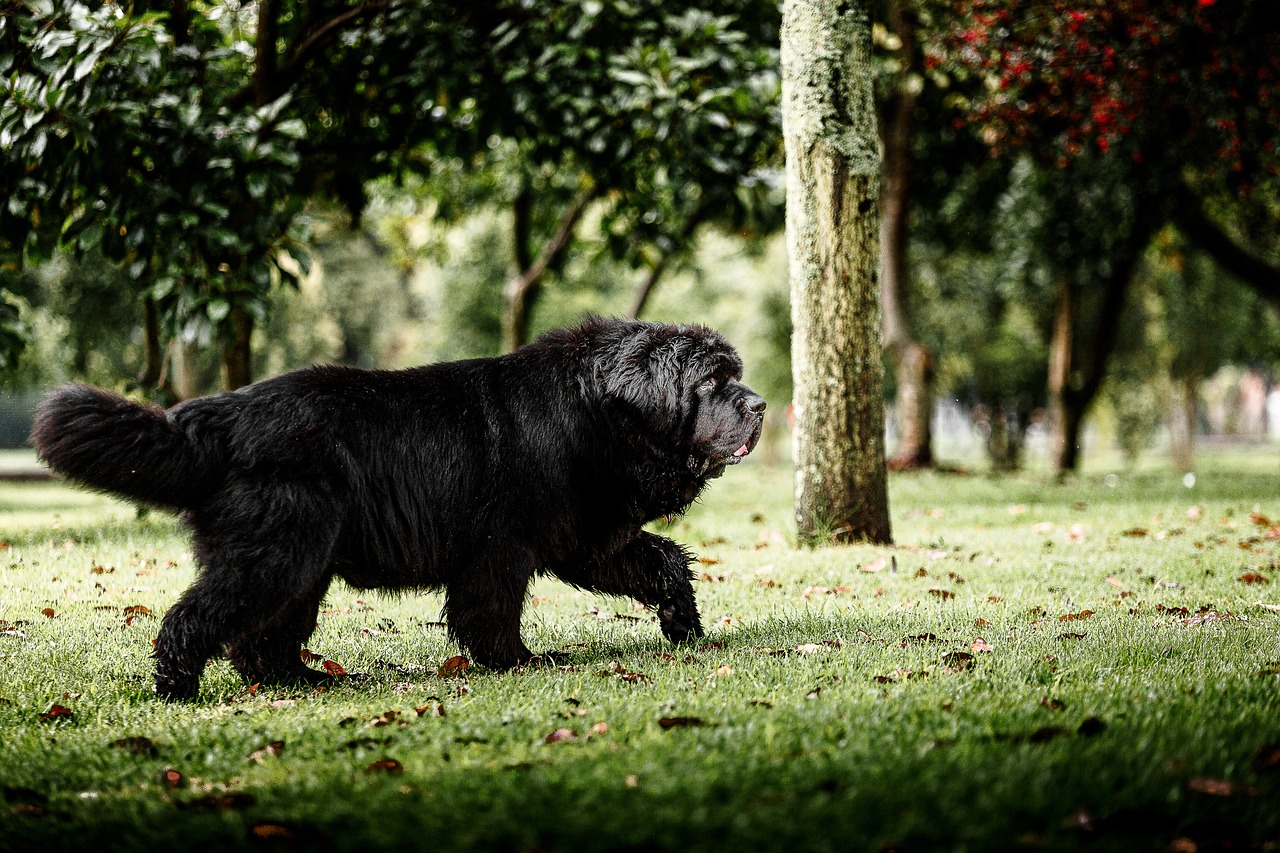
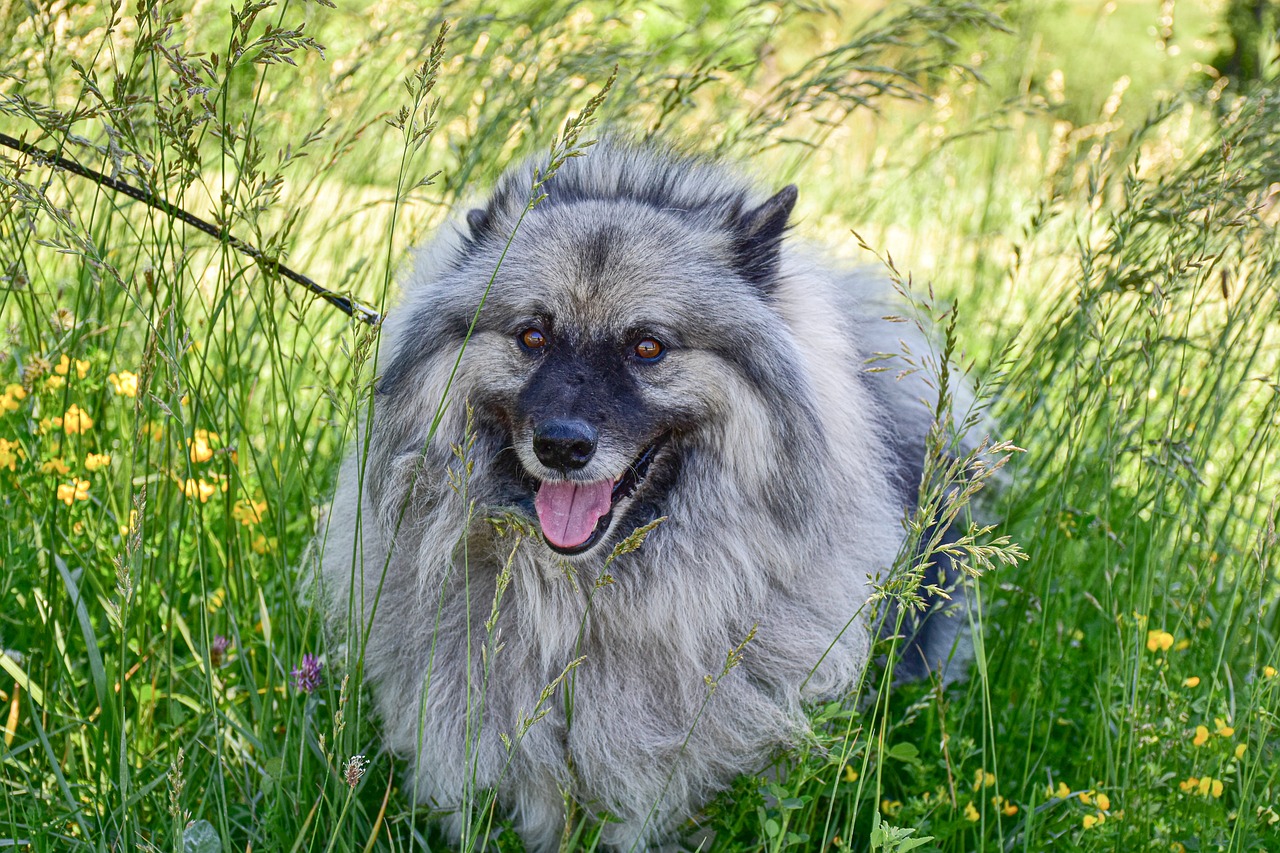

 Toledo, United States.
Toledo, United States.
